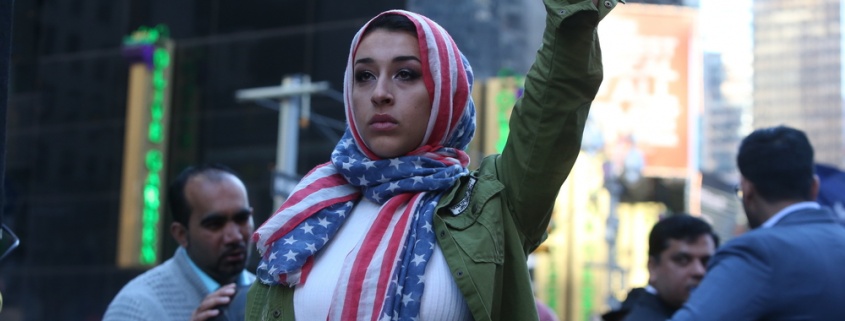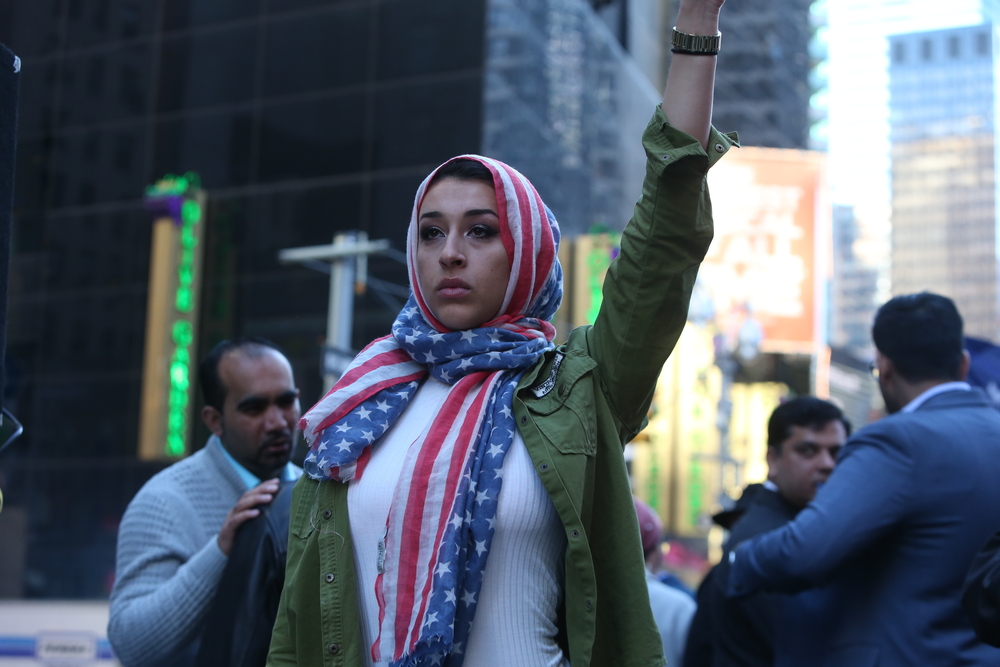Here’s What You Need to Know About the Muslim Ban 2.0
by Aysha Qamar
Muslim Ban 2.0 has dropped and here is what you need to know.
In January, after his first immigration order was challenged and effectively shut down—President Donald Trump threatened to come back with another.
He has now come back with another order. The new order unveiled by Secretary of State Rex Tillerson, Attorney General Jeff Sessions and Department of Homeland Security John Kelly has been coined by the American Civil Liberties Union (ACLU) as the Muslim Ban 2.0.
The changes made to this order were made to make it more defendable in court if faced with similar lawsuits as the first. This executive order limiting immigration now bans citizens from not seven but six Muslim-majority countries temporarily.
“The Trump administration has conceded that its original Muslim ban was indefensible. Unfortunately, it has replaced it with a scaled-back version that shares the same fatal flaws,” Omar Jadwat, director of the ACLU’s Immigrants’ Rights Project, said in a written statement.
The ban was rewritten in order to combat legal challenges to the original ban, such as claims based on equal protection rights granted by the Constitution, the First Amendment’s prohibition of government establishment of religion, and a non-discrimination statute of an immigration law.
“What they did is taken the previous Muslim ban tweaked it to try to go around the court orders and are going to reintroduce it. But again it’s not based in reality, it’s based in bigotry, it’s based in politics…the intent behind it is the same, block Muslims from coming to this country, and that hasn’t changed no matter what the wording of the new ban is,” Ibrahim Hooper, a representative from the Council of American-Islamic Relations, said on MSNBC.
Two weeks after the federal appeals court hearing, a Department of Homeland Security report revealed that no evidence was found that the citizens of the targeted countries posed any unique threat.
“The only way to actually fix the Muslim ban is not to have a Muslim ban,” Jadwat said. “Instead, President Trump has recommitted himself to religious discrimination, and he can expect continued disapproval from both the courts and the people.”
So what exactly are the differences between the Muslim Ban and Muslim Ban 2.0?
1. The ban is not immediate, it will be going into effect on March 16.
A 10-day notice is being given instead of immediate action like the original plan, Trump tweeted that such a notice would allow for “the bad” to quickly rush into our country, however, this implementation was the result of the confusion caused at airports from the first abrupt order.
2. Iraq was removed from the original list.
Besides the removal of Iraq—the 6 other countries remain the same in their original order: ran, Somalia, Sudan, Yemen, Syria, and Libya. However, this new order includes an explanation why each of these countries was chosen. Travelers from these predominantly-Muslim countries will still face a 90-day ban on travel to the U.S.
3. Current visa holders and green card legal residents are no longer affected.
4. Syrian refugees are now barred temporarily (120 days), not indefinitely and refugees of minority religions are no longer favored.
5. Asylum that was already granted to refugees will be honored.
6. References to support the Constitution and other beliefs have been removed.
7. Details have been added about why the six countries were selected.
“The vast majority of individuals convicted of terrorism and terrorism-related offenses since 9/11 came here from outside of our country,” Trump said last Tuesday, during the address to a joint session of Congress.
“We cannot allow a beachhead of terrorism to form inside America,” he stated. “And we cannot allow our nation to become a sanctuary for extremists.”
However, “Since 2001, 18 of the 36 Muslim extremists who have engaged in attacks inside the United States were born in the United States, while 14 migrated here as children and would not have been stopped by the new vetting process, according to an analysis by Charles Kurzman, a professor at the University of North Carolina.”
According to The NY Times, “none came from the banned nations; Muslim extremists have accounted for 16 out of 240,000 murders in the United States since the terrorist attacks of Sept. 11, 2001.”
![[Source: BBC.com]](http://muslimobserver.com/wp-content/uploads/2017/03/From-BBC-1030x574.png)
[Source: BBC.com]
“While the White House may have made changes to the ban, the intent to discriminate against Muslims remains clear,” he said. “My office is closely reviewing the new executive order, and I stand ready to litigate — again — in order to protect New York’s families, institutions, and economy.”
All we can do now is educate ourselves, resist, protest, and wait for the challenges to this new ban to succeed.
Update: Judge Derrick K. Watson of Federal District Court in Honolulu, Hawaii has issued a block on the Muslim Ban 2.0. There is still more work to be done in the face of rampant Islamophobia. Stay informed.

















2017
2,057 views
views
1
comments